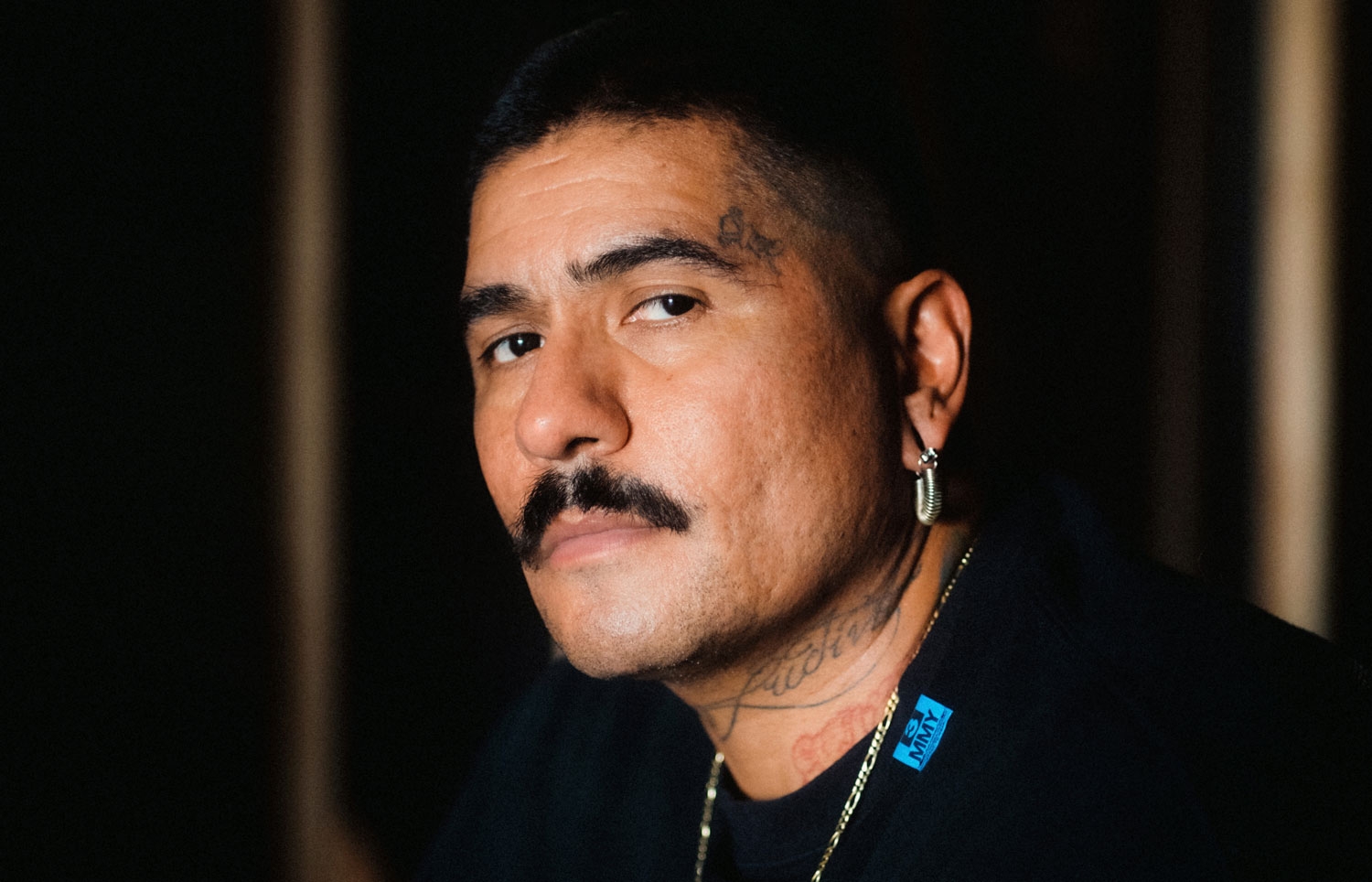Rafa Esparza is a Los Angeles-based multidisciplinary artist, known for exploring the intersections of history, identity, and place through his work. Born and raised in East L.A., Esparza draws inspiration from his Mexican-American culture. His installations, performances, and sculptures delve into themes of colonization, queer identity, and environmental concerns, critiquing ideologies, power structures and binaries. Esparza frequently collaborates with other artists and his community, including his family members.
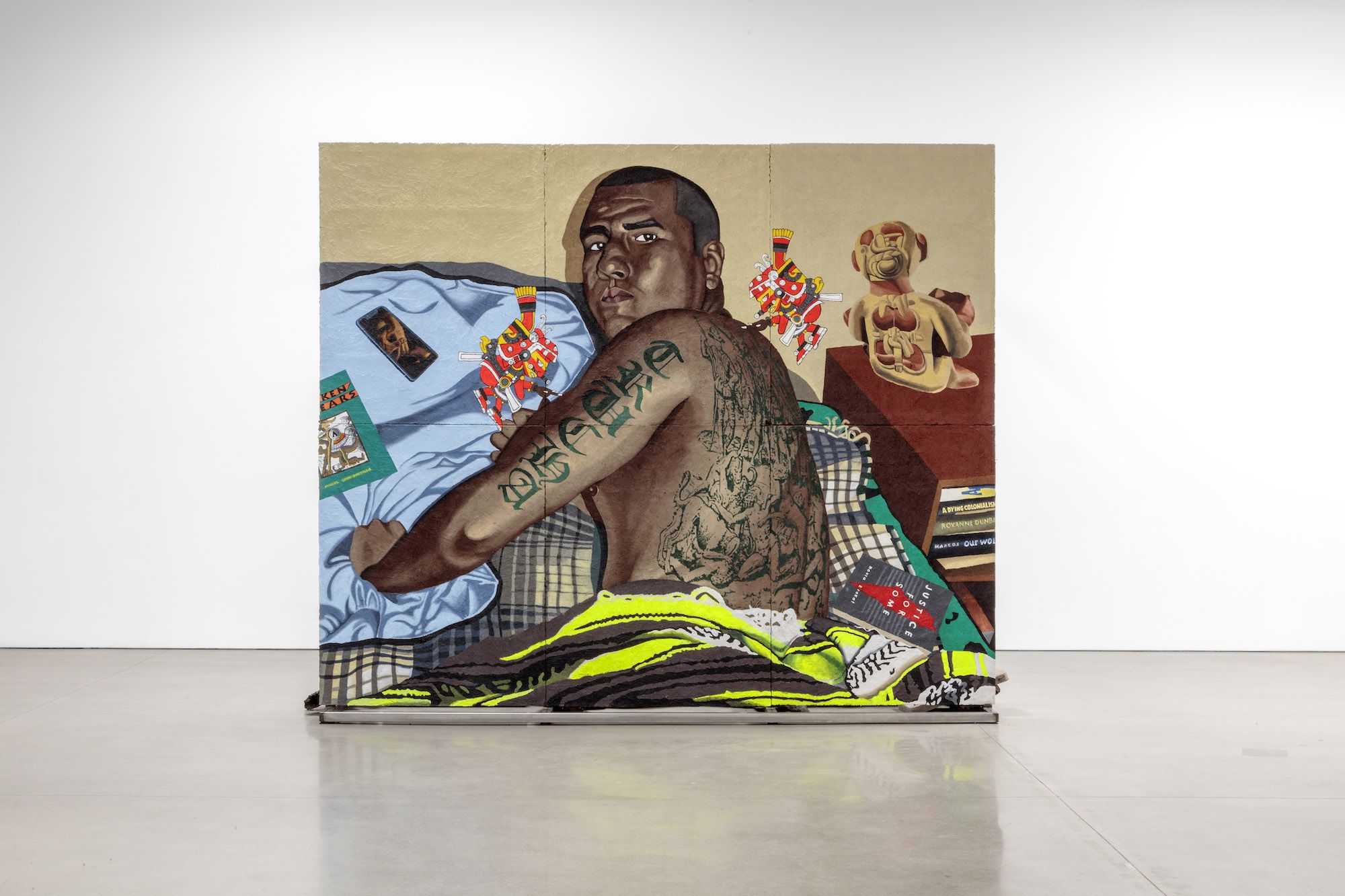
His most prominent works consists of building adobe structures in unconventional spaces, such as the Los Angeles River and art galleries. This in reference to both his familial roots and indigenous building traditions they also emphasize the labor and traditional skills involved.
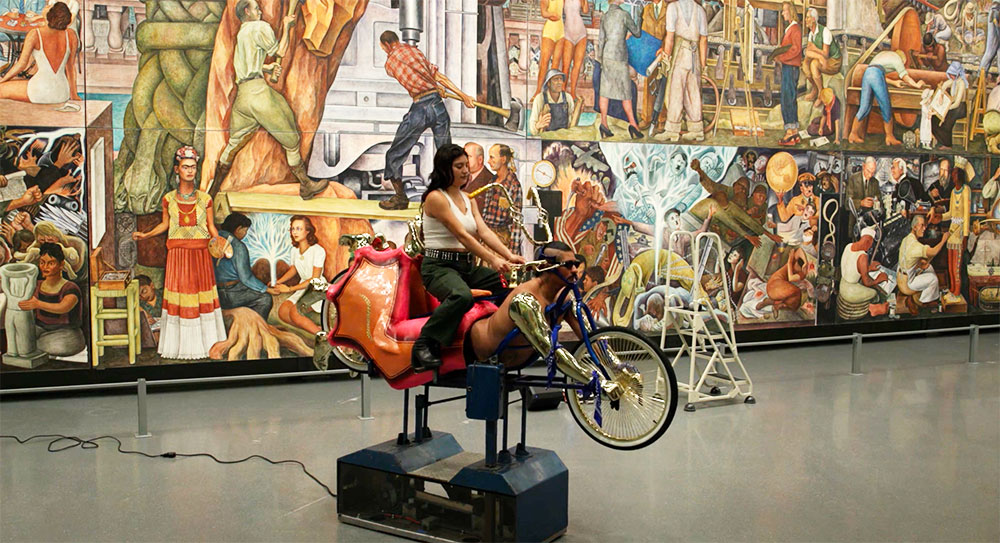
“I just knew that adobe had a special place in his own personal history, and I thought it could be a good way to start having conversations about some guidance that I needed at the time as a young person coming into adulthood. What it did, in fact, was allow us to share space without being at each other’s necks, while he passed down this way of working with land”
Rafa Esparza, on mending his relationship with his father through earth

Esparza challenges institutional frameworks and addresses socio-political issues (e.g. immigration, race, and marginalization). His work, at its core, is about storytelling and resistance, using art as a platform to engage with broader discussions on identity and systemic injustice.
In Whitney’s 2017 Biennial, in New York City, Rafa Esparza’s Figure/Ground: Beyond the White Field, created an immersive microclimate. What was once, a white cubed gallery is covered in what Esparza calls “brown matter,” adobes; a mixture of hay, clay, horse dung, and water from the LA River, baked under California sun, and transported across U.S. coast’s. By invitation fellow queer artists to become adoberos, and helped to collectively created nearly five thousand adobes for the installation.
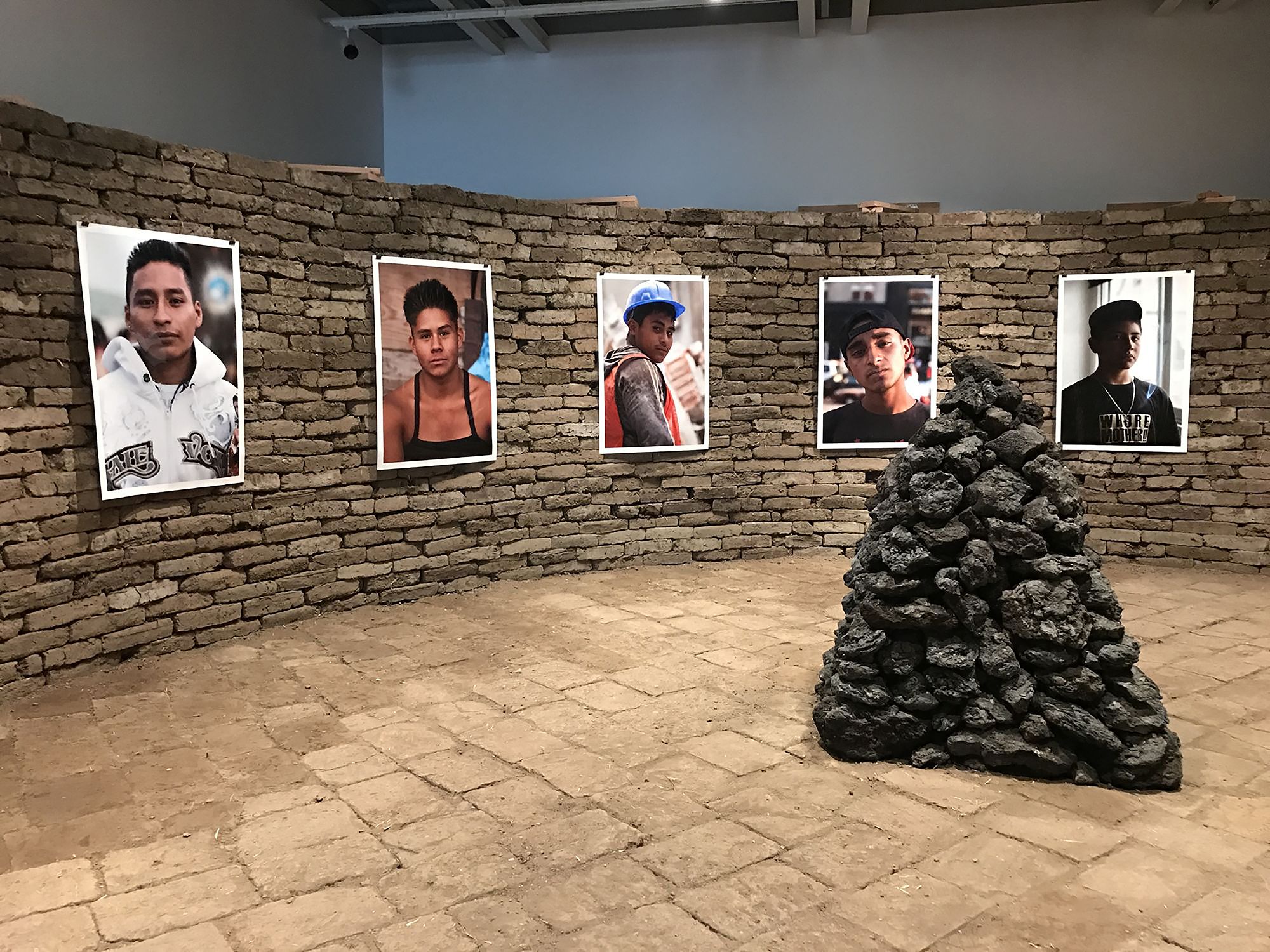
“Brown matter” or adobe is used not only in reference to skin color, but also a broad range of conversations on race, nationality, ethnicity, and gender and the intersections therein. Most especially, concerns surrounding the 2016 U.S. Presidential election of Trump.
To complete the installation, five other artists were invited to exhibit their mixed-media artwork within the adobe rotunda. The adobe rotunda plays is both an artwork itself and a space for exhibiting the work of others (figure and ground).
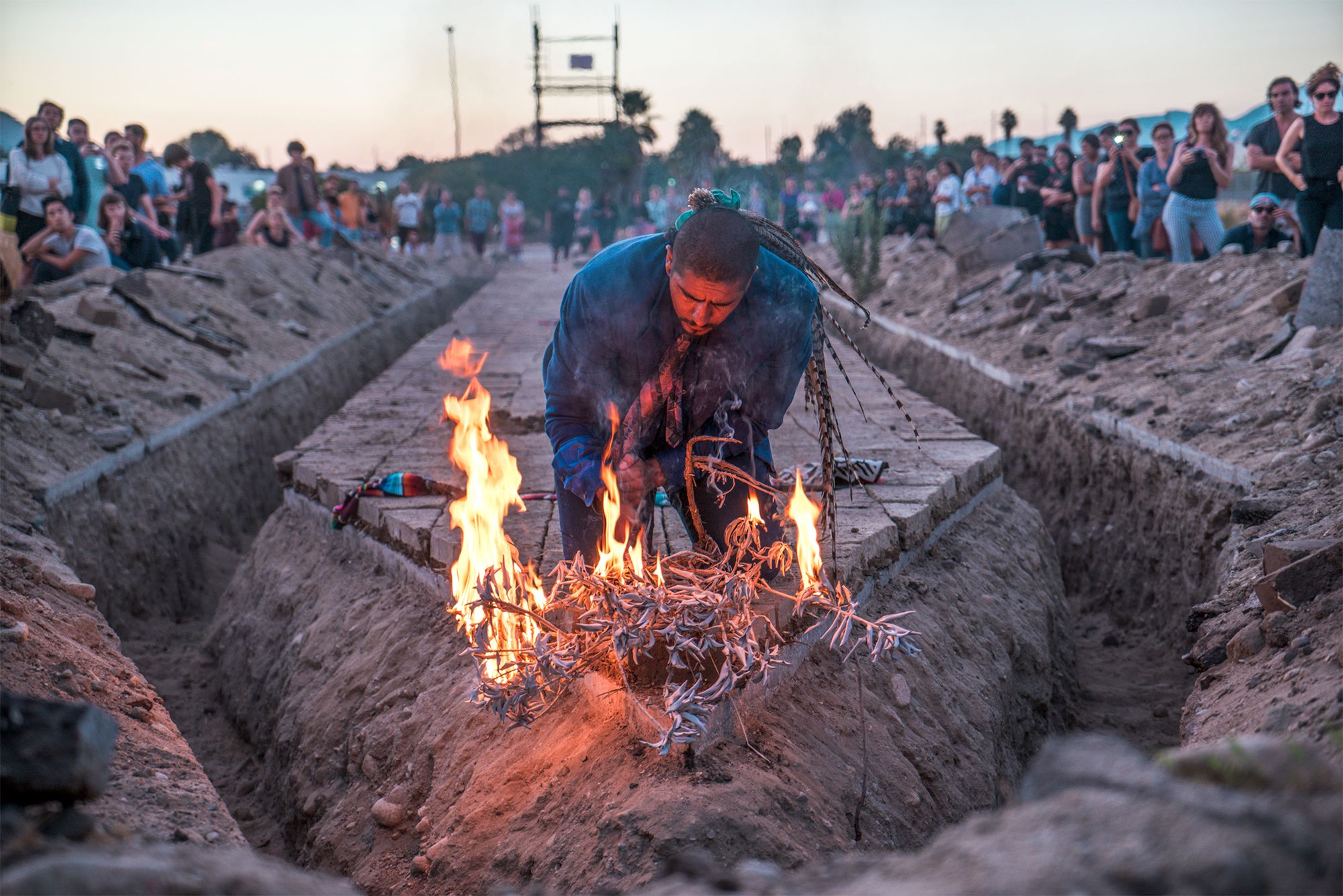
References

